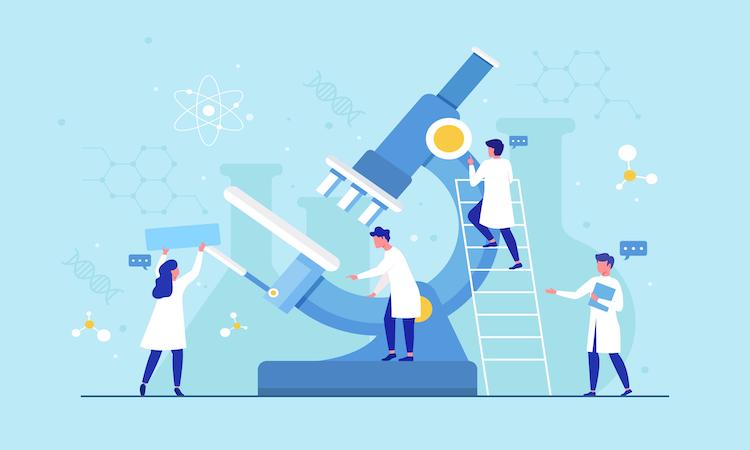Histology-Specialized structures of epithelia
Ehsan2023-08-10T05:19:51+00:00Specialized structures of epithelial Cilia, microvilli are located at the free space of epithelial cells. basement membrane, membrane infolding are located at the basal surface of epithelial cells. tight junction, intermediate junction, desmosome, gap junctions are located at the lateral surface of epithelial cells. Figure 1. epithelial cells surfaces microvilli microvilli is type of projection in the plasma membrane. They can be found on the apical surface of some of the epithelial cells. • Striated border—on the surface of the columnar cells of small intestinal mucosa. • Brush border—on the surface of the proximal tubule cells of kidney. Function: [...]






